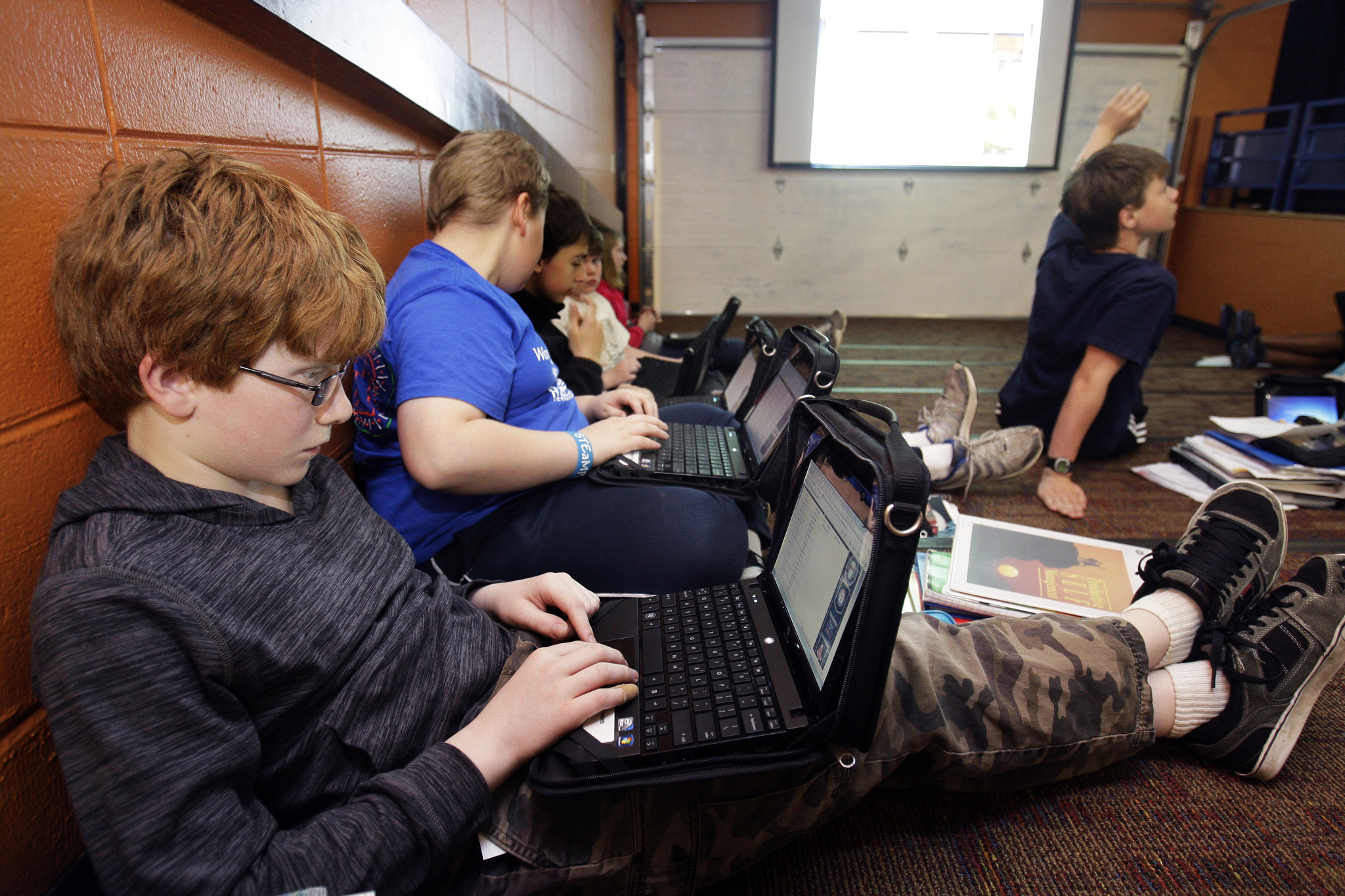An Alternative School was established to help the increasing number of students who were not experiencing success in the traditional schools.
- There were only a few alternative schools in operation in the United States in 1970. Today, there are thousands, and the number continues to grow.
- Sometimes referred to as a mini school, or remedial school, is any public or private school having a special curriculum, especially an elementary or secondary school offering a more flexible program of study than a traditional school.
- Generally function as stand-alone schools, or in the case of mini schools, as a “school within a school”, where they physically operate within the walls of the larger school.
Characteristics:
- Small size
- Close student-teacher relationship
- Student decision-making
- Diverse curriculum
- Peer guidance & Parental involvement
Purposes
- Lessen the isolation and improve the self-concept of at-risk students
- Offer at-risk students with increased access to desirable social roles
- Increase community and parental participation in the education of at-risk students
- Provide a flexible and unified academic and vocationally oriented curriculum which highlights the importance of school in preparing for later life
- Give students with a success-oriented program to acquire academic and employability skills in a school environment
- Provide a competency-based, self-paced program with clear quantifiable objectives. Instruction will be provided in a variety of ways best suited to the individual student’s needs
- Foster within students the responsibility for their own learning and the expectation that they will take an active role in setting their own goals
Methods
- Alternative school programs commonly strive to maintain their student/teacher ratio low, usually ten to one or less, for more individualized and personalized instruction. School staffs have a great deal of autonomy in developing curriculum and establishing rules. Teachers must also provide an extended role in dealing with the whole child and his/her problems.
- The location is generally apart from and different from the regular school building with the intent of fostering a positive environment. By developing a feeling of community and a sense of belonging, students find it easier to commit to a new set of rules, expectations and standards of behavior.
- Academic and vocationally oriented education programs are generally provided through an individualized, student-centered approach. These programs try to be attentive to the needs of a career-oriented curriculum and will be sensitive to the variety of learning styles among students. Participants learn through various means, like within classrooms, in small groups, in vocational activities, in community-based outreach programs, and through internships. The environment created for each student aims to be positive, caring, and adapted to individual needs. Alternative school programs stress individualized academic education, career development, and personal growth.
- Alternative schools will work with each student to evaluate academic, career, and personal needs in order to develop an individualized learning plan. Emphasis is generally placed on helping students develop self-discipline and responsibility. A central belief of many alternative schools is that all students are of value, and they need guidance to find and develop the positive qualities they possess, despite that many will have histories of failure in the ‘traditional’ educational system.
